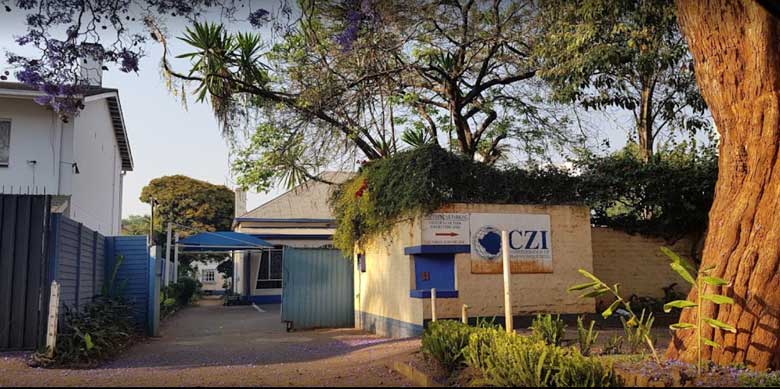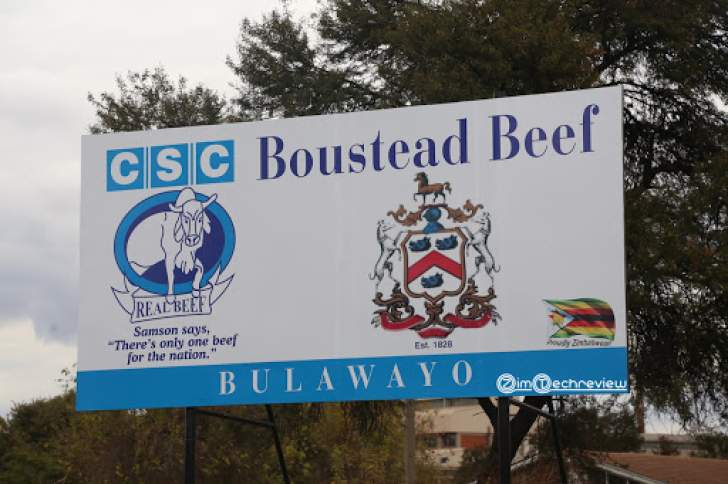
BY TANYARADZWA NHARI
ZIMBABWE’S second largest cement maker, Lafarge Cement, says output fell by 55% during the first quarter ended March 31, 2022, after the firm decommissioned a key facility to make way for a new one, which is set to double output.
Chief executive officer, Geoffrey Ndugwa, who reported his first quarterly performance after his appointment late last year, said the slowdown was also underpinned by last year’s collapse of Lafarge’s factory roof, which grounded production from October.
The plant only returned to production in February, after spending the entire January under reconstruction.
“The company saw a cement volume decline of 55% versus the same period last Year,” the Ndugwa said on Friday, while sharing quarterly results with investors.
“This is attributable to the start-up mode as the cement mills were restarted in February following the collapse of the cement mill house roof in October 2021.
In addition, one of the existing cement ball mills was decommissioned to make way for the installation of the new vertical roller mill ( that will double the company’s capacity after commissioning in Q 2.
“The company’s dry mortars volumes fell by 23% compared to the same period last year,” Ndugwa said.
- Chamisa under fire over US$120K donation
- Mavhunga puts DeMbare into Chibuku quarterfinals
- Pension funds bet on Cabora Bassa oilfields
- Councils defy govt fire tender directive
Keep Reading
“This is attributed to the suppressed cement availability post the cement mill house roof collapse in October 2021 as cement is a key input in dry mortar products.
“The company is confident that volumes will recover and grow as the availability of cement stabilises especially after the new VRM start up in Q 2.
The overall market demand continues to grow driven by the segment of individual home builders as well as the ongoing major government infrastructure development projects.”
He said the Zimbabwe Stock Exchange listed cement giant’s efforts to import spares had been affected by foreign currency shortages in Zimbabwe, where firms have been scrounging for United States dollars for manty years, as the economic crisis escalates.
In 2020, the Reserve Bank of Zimbabwe established the foreign currency auction system to ameliorate the problem.
But the Lafarge boss said allocations through the platform fell far short of the firm’s requirements.
“As a result, foreign currency obligations have become increasingly difficult to meet and sustain. In addition, the October 2021 cement mill house roof collapse adversely impacted sales resulting in pressure on cash flows,” Ndugwa said.
“The company faced significant liquidity challenges that hindered it from fully meeting its cash obligations.”
Consequences of the October roof collapse came to the fore in April, when full year financial statement for the year December 31, 2021 revealed the incident wiped out $4 billion out of its top line.
Lafarge chairman Kumbirai Katsande revealed the incident became a nerve centre of write – downs during the year ended December 31, 2021.
Turnover crashed to $7,1 billion in 2021, from $11,1 billion during the comparable period in 2020.
For industries, recovery hopes had re – emerged as governments lifted pandemic induced curbs to rebuild economies, and firms like Lafarge were optimistic demand would rebound, helping them scale up volumes.










